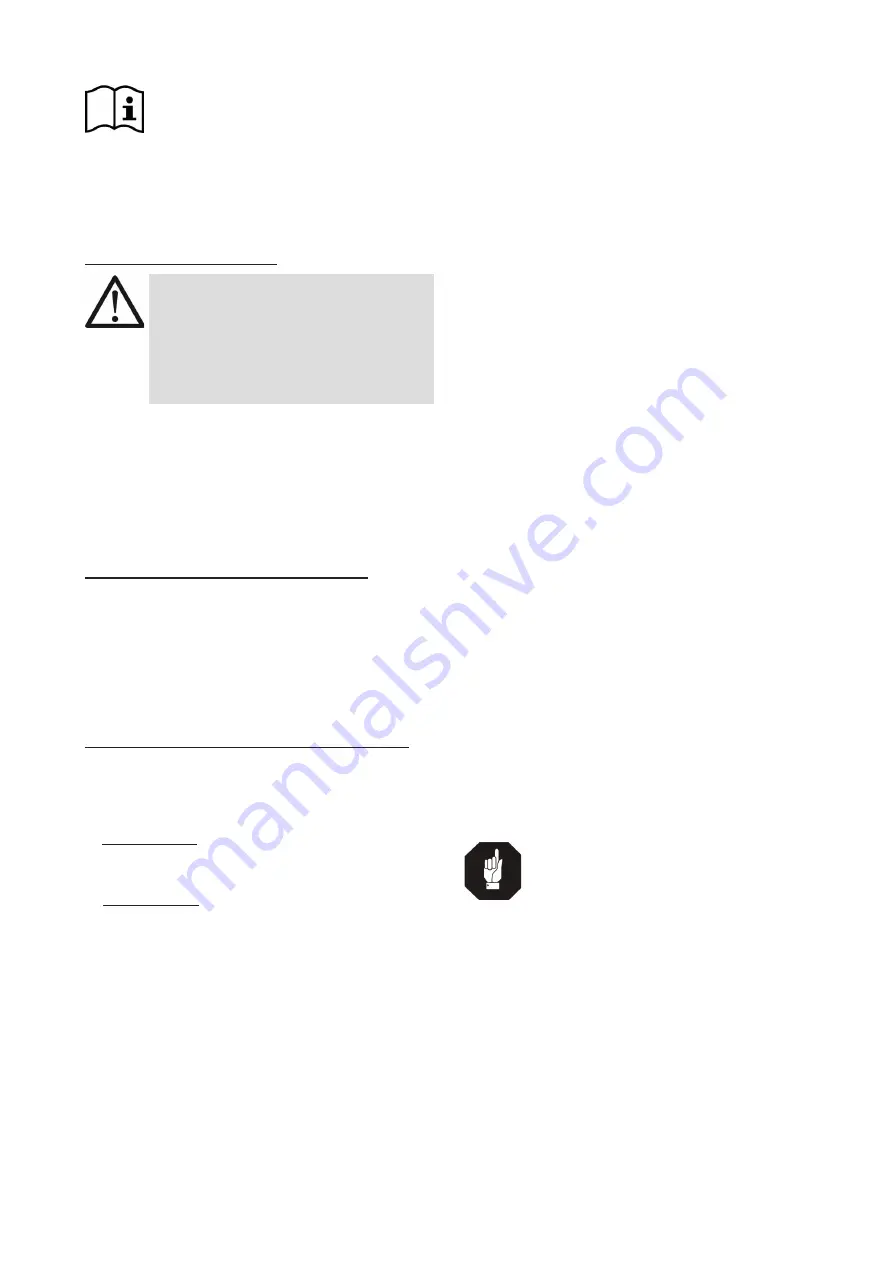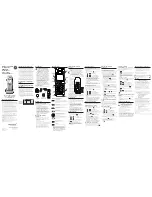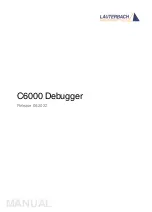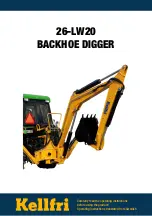
2
LRBS-FIX
Before initial usage of the RUD-LRBS-
FIX, please read carefully the safety
instructions. Make sure that you have
understood all subjected matters.
Non-observance can lead to serious per-
sonal injuries and material damage and
eliminates warranty.
1 Safety instructions
ATTENTION
Wrong positioned or damaged weld-on
lashing points as well as improper use can
lead to injuries of persons and damage at
property, when load falls down.
Please check all lashing points carefully
before every usage.
• The lashing points must not protrude in rest position
over the loading platform level.
• RUD-lashing points LRBS-FIX must only be used
by instructed and competent persons considering
BGR 500 (DGUV 100-500), and outside Germany
noticing the country specific statutory regulations.
2 Intended use of the LRBS-FIX
RUD-lashing points LRBS-FIX must only be used to
attach lashing means.
In general, lashing points must not be used for lifting!
RUD-lashing points must only be used in the hereby
specified case of operation.
3 Assembly- and instruction manual
3.1 General information
• Capability of temperature usage:
As of 07/2019: RUD-Lashing points LRBS-FIX are
suitable for the temperature range from -40°C up to
400°C.
Up to 07/2019: RUD-Lashing points LRBS-FIX are
suitable for the temperature range from -20°C up to
400°C.
For the use within the following temperature range,
the WLL must be reduced by the following factors:
-40°C / -20°C up to 200°C no reduction
200°C up to 300°C:
by -10 % and
300°C up to 400°C:
by -25 %
Temperatures exceeding 400°C are prohibited
In the unloaded state, LRBS-FIX anchor points
together with the load can be stress relieved by
heat treating (e.g. welded construction) once.
Temperature: < 600°C (one hour maximum).
After stress-relieving heat treatment (< 600°C),
however,the spring force is no longer usable.
• RUD-Lashing points LRBS-FIX must not be used
with aggressive chemicals such as acids, alkaline
solutions and their vapours.
• Please mark mounting position of lashing point with
a coloured contrast paint for better visibility.
• LRBS-FIX includes a protected positioned clam-
ping spring, inside the weld-on block. The spring
holds the weld-on blocks together with the ring and
creates at the same time a radial clamping function.
• RUD-lashing points LRBS-FIX are clearly marked
at the suspension ring with the permissible Lashing
capacity „LC“ in daN.
• LRBS-FIX will be delivered as a complete assem-
bled unit.
3.2 Hints for the assembly
Basically essential:
• The material construction to which the lashing
point will be attached should be of adequate
strength to withstand forces during lashing wit-
hout deformation. The weld-on material must be
suitable for welding and the contact areas must
be free from dirt, oil, colour, ect.
The material of the forged welding block is:
N (1.0577+N (St52-3))
• The position of the lashing points must be carried
out in regard to the lashing means in such a way
that unintended movement like turning or flipping
of the load will be avoided.
• Determine number and position of the lashing
points at vehicles according to EN 12640 resp. DIN
75410 (for RoRo-transportation acc. to EN 29367),
unless the vehicles are not determined due to their
design and construction for transporting specific
goods with special requirements in regard of load
securing.
• Position lashing points as much as possible at the
outside width of the loading platform.
HINT
The lashing points must not protrude in rest
position over the loading platform level.
• Determine the necessary lashing capacity of each
lashing point acc. to EN 12195-1”Load securing
devices on road vehicles” - “Calculation of lashing
forces” and VDI 2700 ”Load securing of road ve-
hicles.”
• Check finally the correct assembly (see chapter 4,
Inspection criteria).
3.3 Hints for the welding
The welding should only be carried out according to
DIN EN ISO 9606-1 or AWS Standards by an autho-
rized and certified welder.
Verification of the used weld-on material must be
checked with the supplier of the welding electrodes.






















